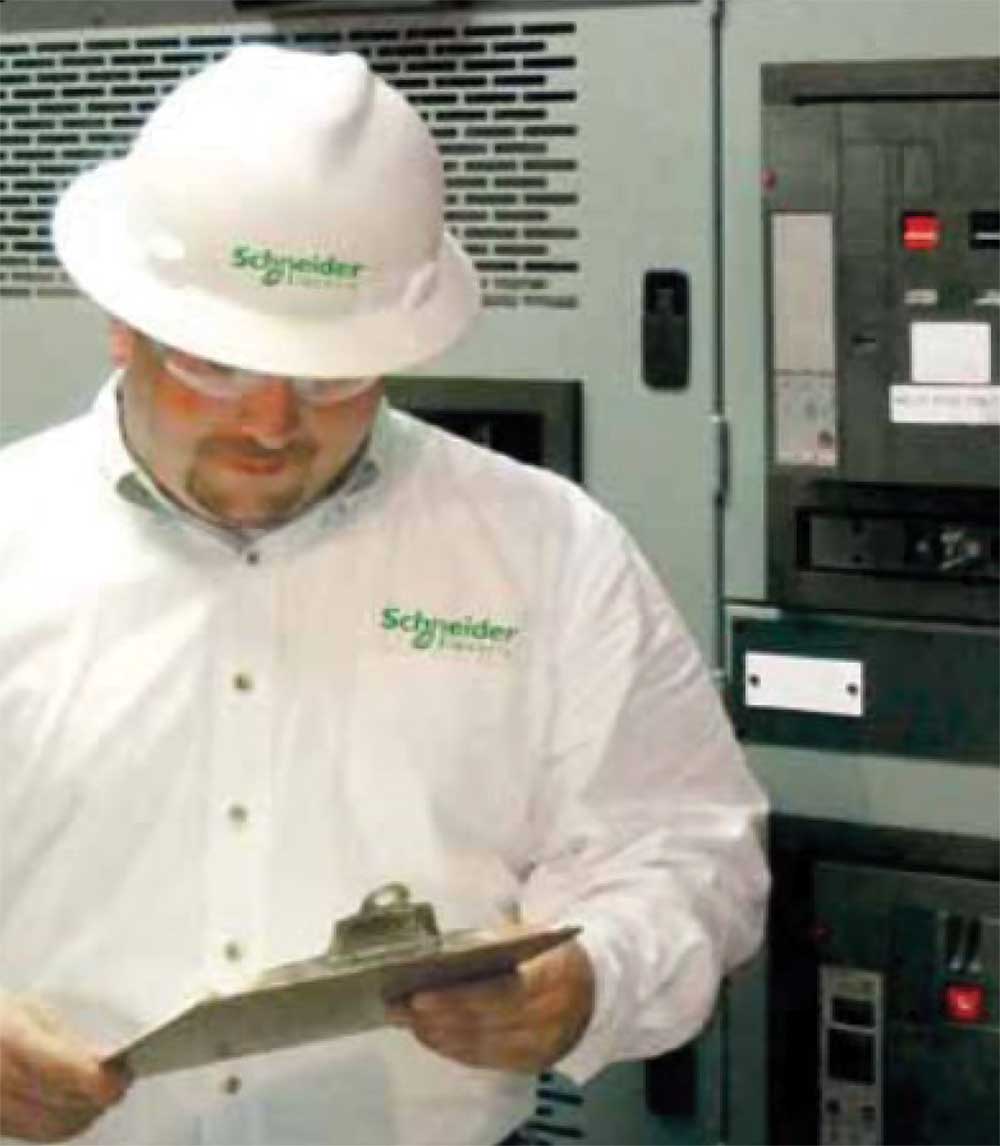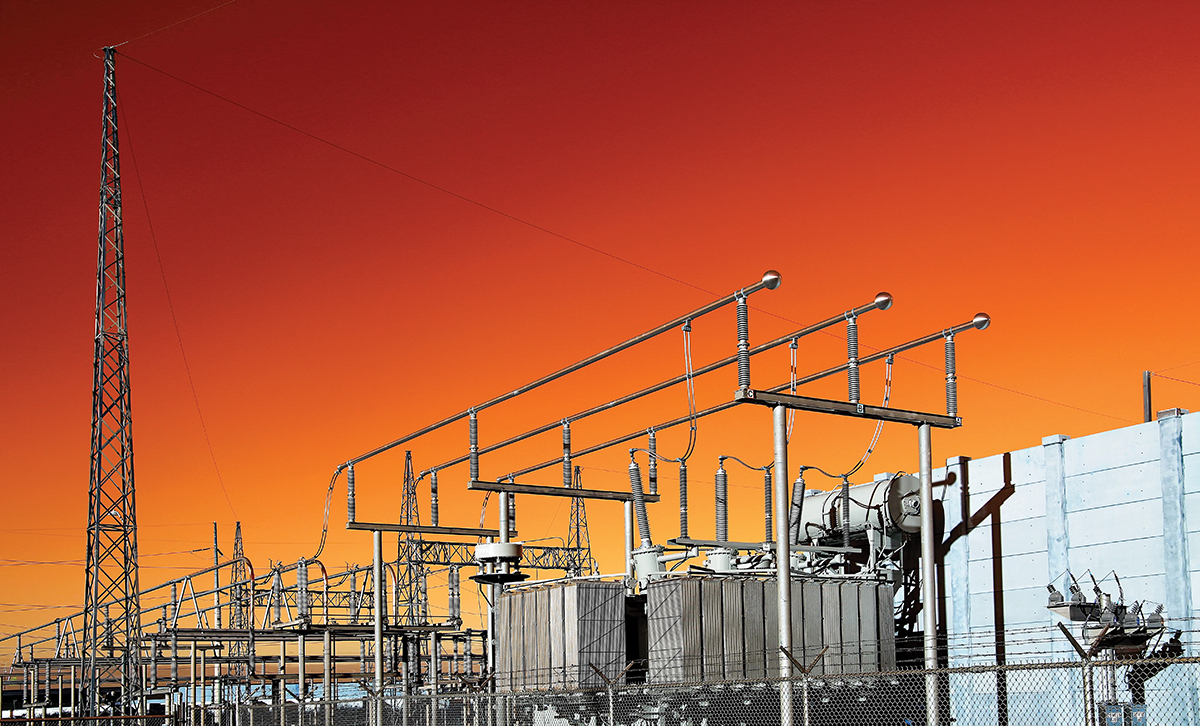A recent report by the ASAE indicated that 92% of Associations in the US were still working remotely as of September 1, 2020. As you will see in the 2020 Highlight, much has been accomplished in a short time since June.
What UL resources are available on UL.com to assist code authorities in doing plan reviews and inspections?
The proper maintenance and inspection of a utility’s wood pole inventory has far-reaching consequences for system resiliency, as well as utility cost and liability.
Let’s revisit the 2015 edition of the National Building Code of Canada (NBCC) requirement for protection of conductors against exposure to fire.
Health and safety considerations are now an integral part of machine design operations; therefore, manufacturers, project managers, and inspectors need to be aware of critical functional safety (FS) design requirements.
This article will present an overview of some of the new PV systems that have evolving requirements in the NEC. They will include energy management systems (EMS), microgrid interface devices (MID), power control systems (PCS), DC microgrids (DCM), and energy storage systems (ESS).
Whether it’s a single strand of twinkling lights coiled around an apartment railing or a more complex programmed controller that syncs light displays to the season’s hottest songs, we still need to raise awareness about safety related to these temporary lighting displays.
UL does Certify (List ) pods in many different configurations from sleeping pods to office pods/meeting rooms. UL investigates pods for compliance with the UL 962, the Standard for Safety of Household and Commercial Furnishings.
Let’s consider a 750 KVA; 600 VAC – 120/208 VAC rated 3 phase dry-type transformer with a primary current of 722.54 A.
A transformer is a part of a circuit or a feeder and that a continuous load connected to a transformer cannot exceed the rating of the circuit in which such a transformer is inserted.








